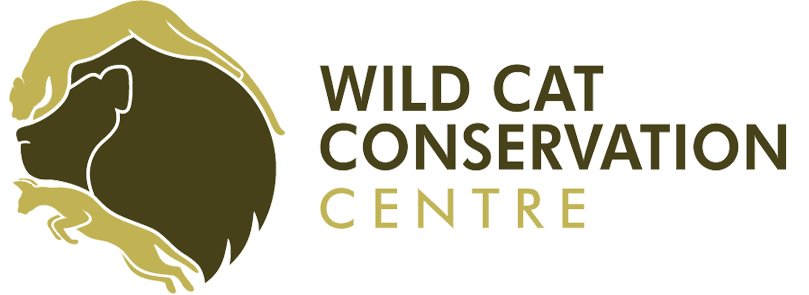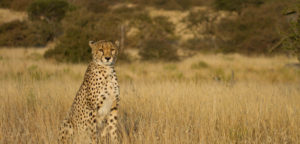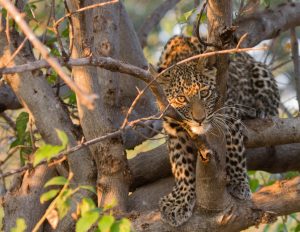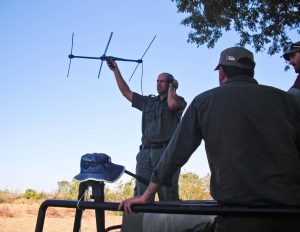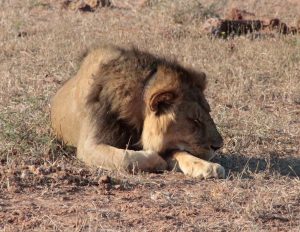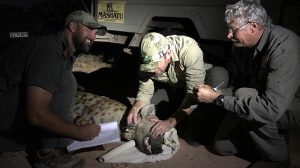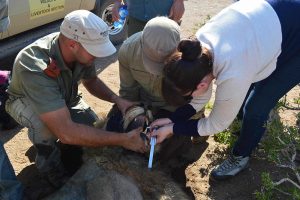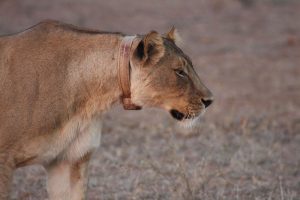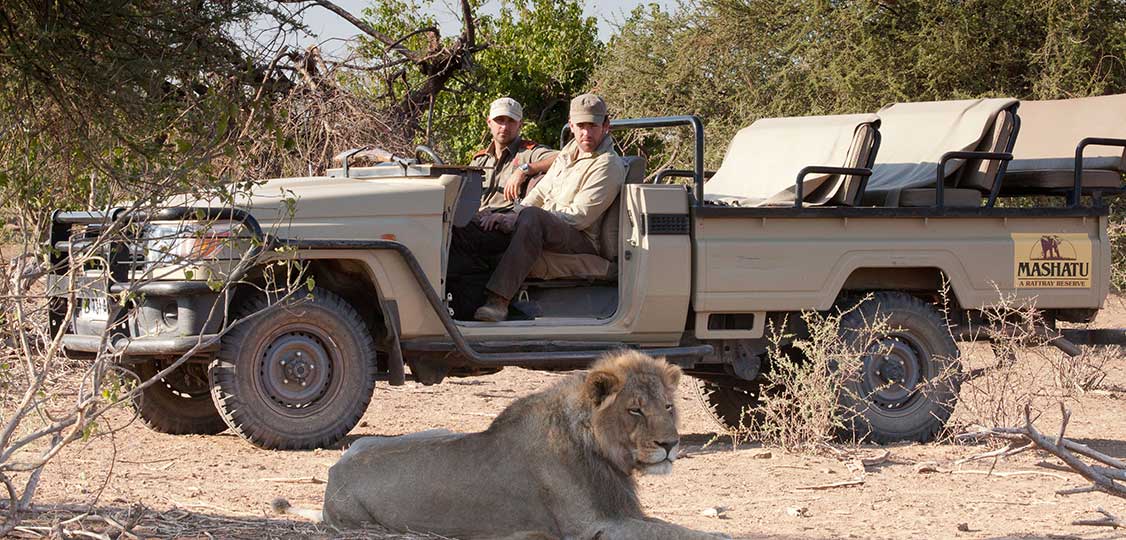
Mashatu Research
RESEARCH BACKGROUND
WCCC Founder and Director Ben Britton, is also a Director of Mashatu Research, working alongside Dr Andrei Snyman in Botswana to conserve and protect the countries amazing wildlife.
Scientific research at Mashatu Game Reserve has been conducted for over 30 years. Research projects varied from archeological studies, to elephant (Loxodonta africana) and various large predator studies including lions (Panthera leo), leopards (Panthera pardus), wild dogs (Lycaon pictus), black back jackal (Canis mesomelas) and cheetah (Acinonyx jubatus). The majority of research in this reserve has culminated into masters and or doctoral degrees with various peer-review articles published afterwards. Results from these studies have been instrumental in the protection and management of wildlife biodiversity in the region.
Over the years we have gained an unparalleled level of knowledge and data on the spatial-temporal patterns and population dynamics of large carnivores and elephants in eastern Botswana’s Tuli region. These strides are mainly due to advances in research methodology and equipment, such as satellite remote sensing, enhanced monitoring systems as well as more sophisticated computer algorithms. These elements have enabled our wildlife scientists to conduct more effective research and answer key conservation questions.
Using these advances with ongoing long term monitoring projects has formed a concrete baseline from which we can now diversify our research focus to a holistic biodiversity monitoring program. Biodiversity monitoring serves as the baseline for conservation and environmental monitoring. It forms the foundation of every component of this complex savanna ecosystem.
The primary objectives for our research include:
Spatial – Temporal Dynamics
- Analyze spatial-temporal movement of keystone species in the ecosystem.
Resource Utilization
- Determine habitat and resource selection of the large- and mesocarnivore guild based on terrain, topography, vegetation structure and prey density.
- Evaluate resource selection at the population and individual level.
- Identify and create wildlife corridors within the Transfrontier Conservation Area between protected areas.
- Identify potential barriers constraining movement within designated corridors.
- Identify strategies to increase restoration potential to improve the flow of wildlife movement within corridors.
Population Dynamics and Ecosystem functioning
- Identify and determine trophic cascades and food webs within the ecosystem.
- Obtain reliable population estimates of keystone species, with an emphasis on large- and mesocarnivores using a wide array of methods such as remote camera trapping, GPS collars and mark-recapture.
- Research novel approaches in the use of camera-traps as a means of a non-evasive method for determining animal abundance and/or presence.
- Determine population dynamics of large carnivores, outside the protective borders of the reserve.
Community engagement and Human-wildlife conflict mitigation
- Strengthen relationships and promote conservation with neighboring communities, local school groups, and farmers along our reserve borders.
- Support educational and awareness programs in the area.
- Support and enhance anti-poaching effort to reduce the risk of wildlife crimes and poaching.
- Engage in extension work with local schools and villages in the region.
- Incorporate local students and staff in training and field work.
- Determine risk assessment of large carnivores to nearby villages and agricultural farmlands.
- Quantify the level of human-predator conflict in the region.
- Reduce anthropogenic mortality of keystone species in the region.
- Determine the potential effects of human development and landscape characteristics on seasonal land use of the large carnivore guild.
STUDY AREA
Mashatu Game Reserve is located in the heart of Botswana’s Northern Tuli Game Reserve, which forms part of the Greater-Mapungubwe Transfrontier Conservation Area (GM-TFCA), an area spanning 9,500 km(nearly 3700 square miles) of breathtaking biodiversity. Our area is located in south-eastern Botswana, bordering Zimbabwe and South Africa and is primarily unfenced. Animal movement between the reserve and surrounding areas is thus largely unrestricted.
Our research area is adjacent to the Mapungubwe World Heritage Site, separated from South Africa in the south by the famous Limpopo River, and from Zimbabwe in the east by the Shashe River network of smaller tributaries crisscrossing its landscape making for a vibrant and complex ecosystem. Renowned for its rich archaeological heritage and diverse fauna, this magnificent landscape also contains over 350 species of birds, a broad community of carnivores, high concentrations of plains-game and the largest population of elephants found on private land in the world.
The regions climate can be described as being semi-arid and sub-tropical with most rainfall occurring between November and March in the form of thunderstorms. An annual winter drought occurs with some sporadic rainfall. Mean annual rainfall is 363 mm with peak rainfall measurements of 908 mm (2000) and low rainfall measuring as little as 141 mm (1994). Frost is infrequent with maximum summer temperatures exceed 42 °C (107° F), while winter minimum temperatures reach as low as -5 °C (23° F).
To learn more about the work of Mashatu Research visit our dedicated research site www.mashaturesearch.com
